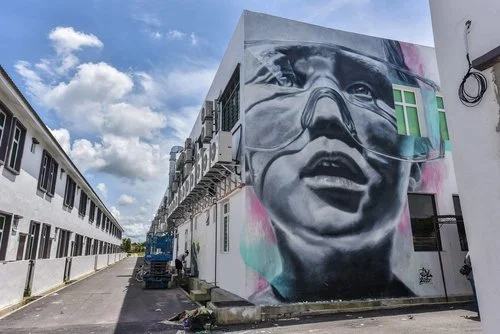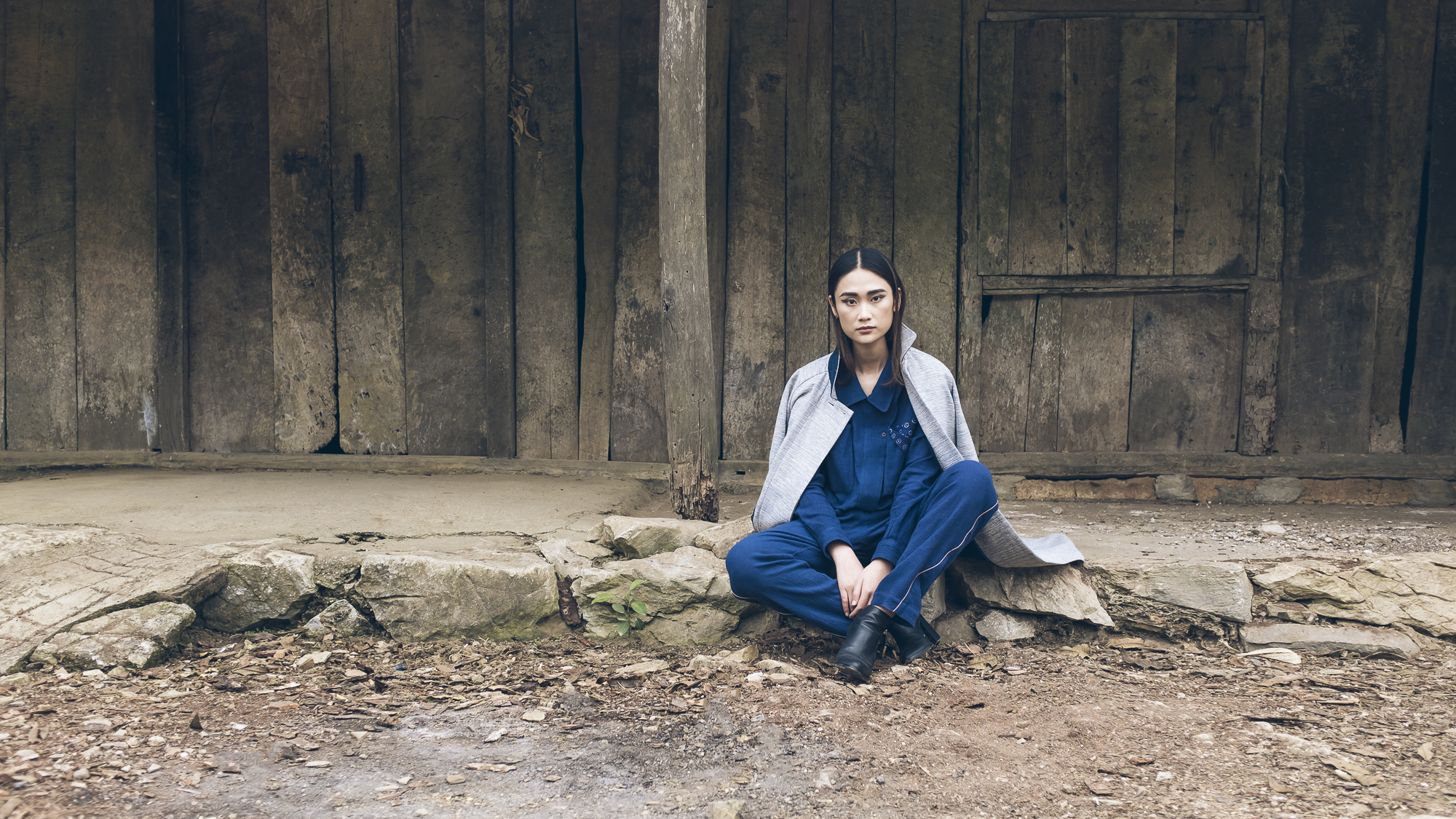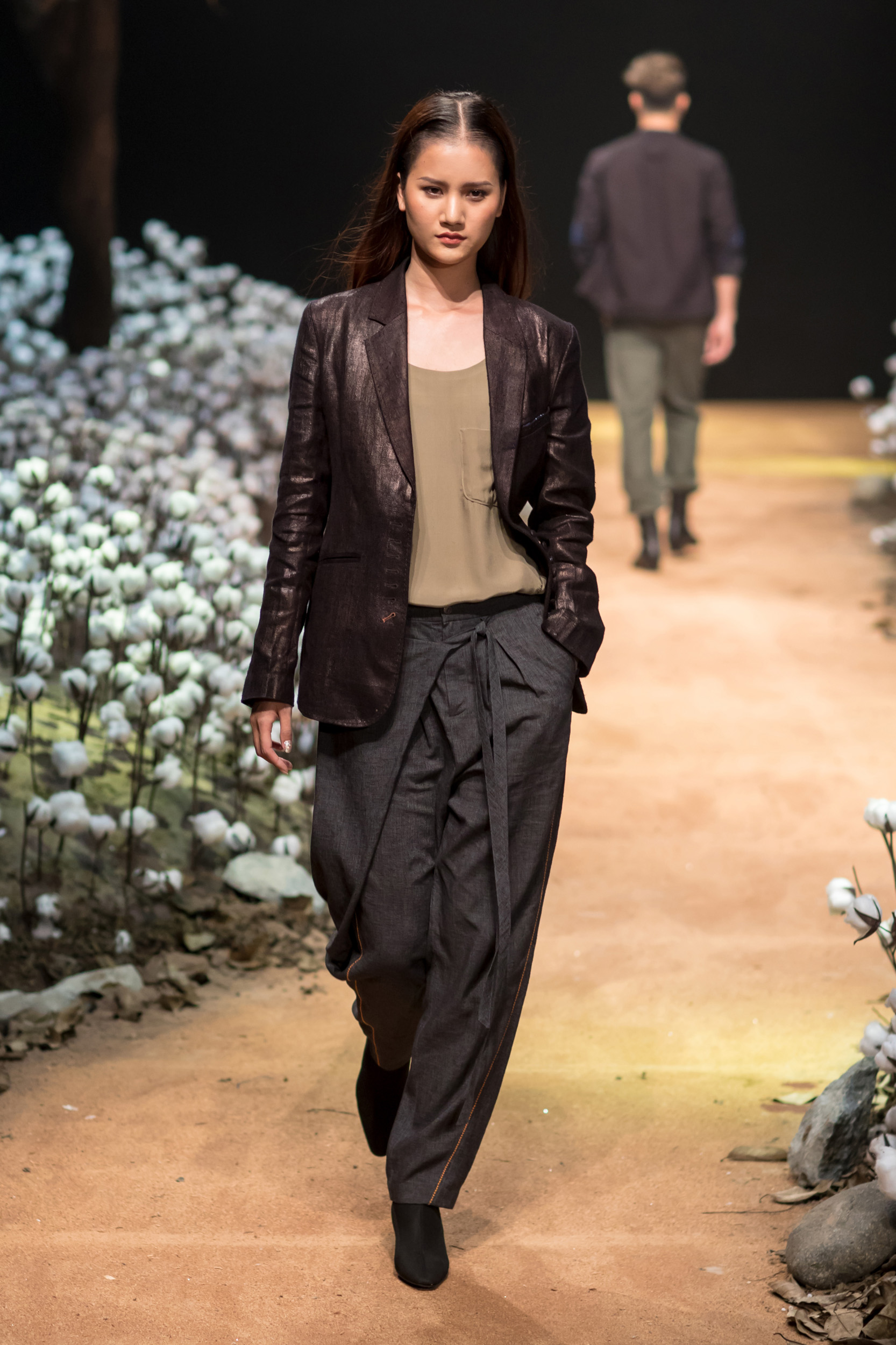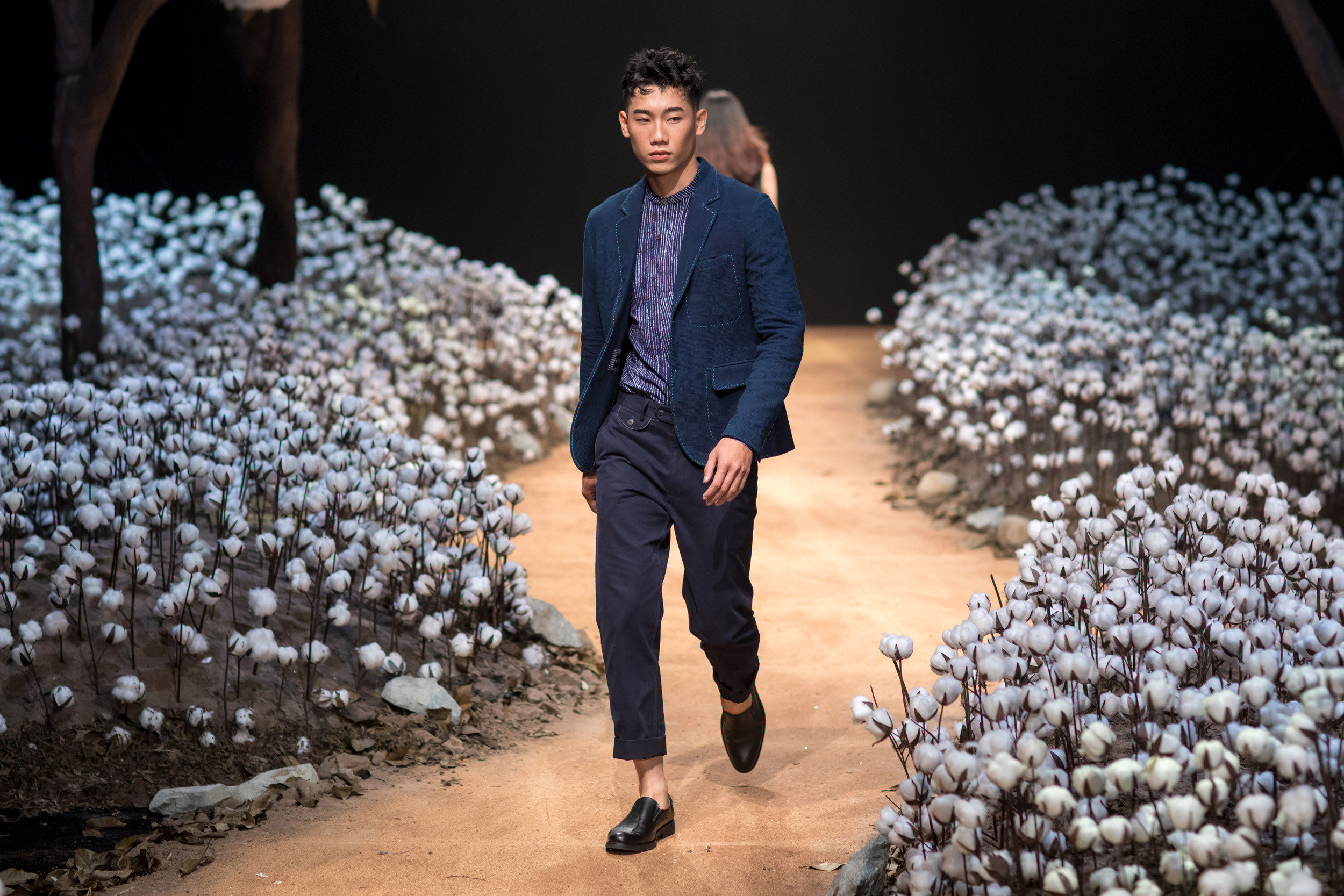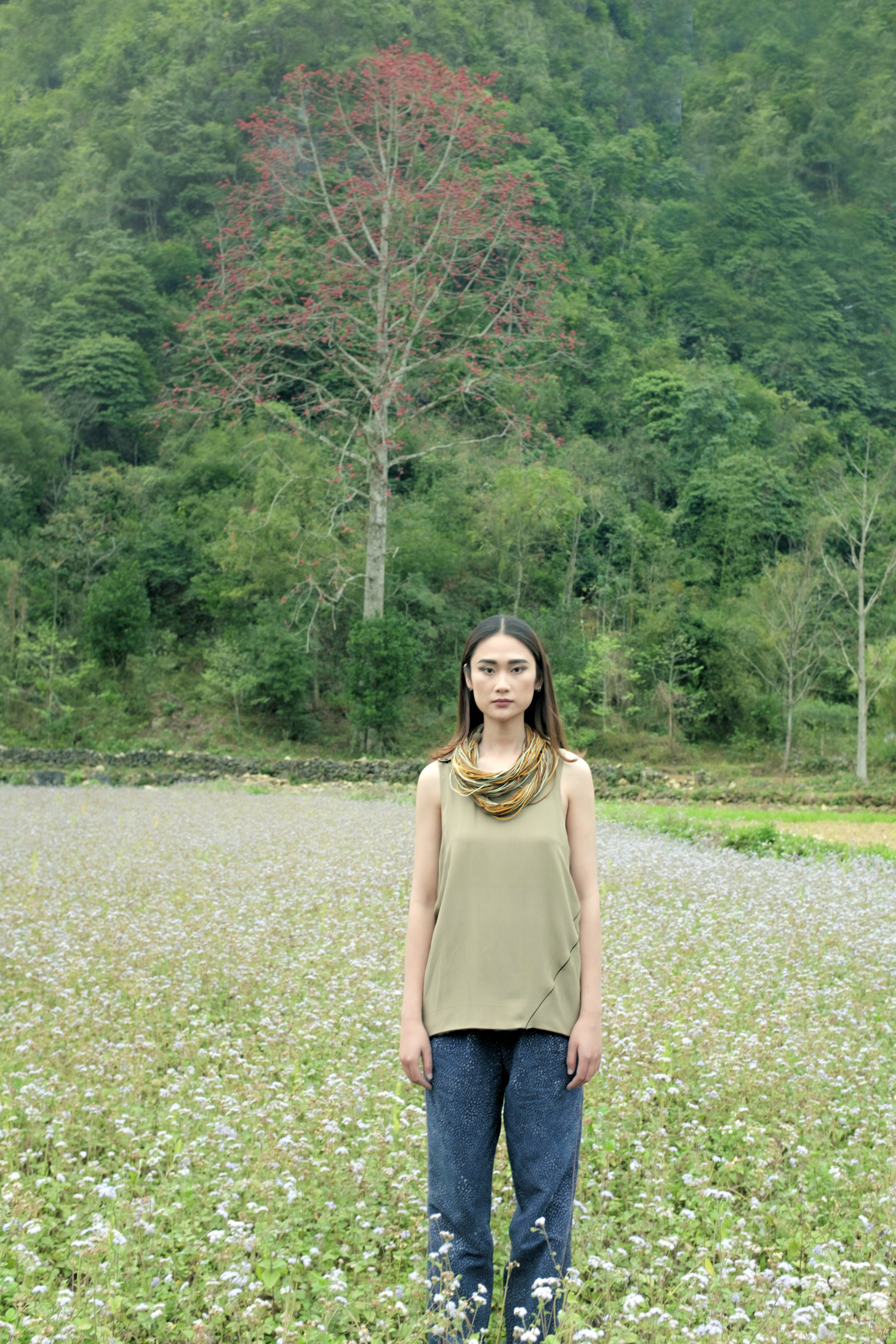Photo provided by Judith
Two years ago, Dutch artist Judith de Leeuw spotted a street corner in Amsterdam that captured her attention. The location was perfect. It was the wall of Boulangerie Le Mortier, at the corner of Vijzelgracht and Fokke Simonszstraat, right in Amsterdam’s Central district. She created a solemn portrait of a Amy Winehouse.
The wall was covered in ugly graffiti, and the owner of the building was more than happy for Judith to paint over it with a new creation. This wall was the perfect opportunity to express herself in a public space, right in the center of the city she loves.
This new creation changed her life.
Over beers at a little cafe in central Amsterdam, we spoke with Judith about the inspiration for this mural, how it transformed her career, and why she thinks art saved her life.
Photo provided by Judith
When did start making art?
I’ve been drawing portraits since I was four years old. I still have a portrait I drew of my father when I was five years old. As I got older, I started doodling in class. I’d always get poor scores on my Biology tests because the teacher didn’t like my drawings. To be honest, no one really liked my drawings back then.
How did you start doing graffiti?
Around 13 years old I became a pretty big problem child. I was smoking too much weed and at one point I just stopped going to school. I became more and more rebellious until I found graffiti. I found a paint shop around the corner called HENXS, which I still visit every week. I was so nervous at first, because I thought graffiti was something associated with criminals and aggressive behavior. I was so nervous when I walked in that my hands were shaking. In the end I chose a color that doesn’t work well at all. I chose pink and painted arrows everywhere. That was terrible and pretty shameful but oh well, you’ve got to start somewhere!
I then found a group of friends through graffiti. All we did together was drawing, painting, and graffiti. When I look back on it, I think it saved my life. If I didn’t find graffiti I think I would have done something else that would have taken me down a bad path.
How did you go from painting arrows to creating amazing pieces all over the world?
I started studying art education and began to combine my love of portraits and graffiti. For the first time I tried making portraits with spray cans. At first it was really bad. When people see my work now they say, “how do you do that?” but they don’t know that it’s taken years of practice to get here. The past few years, I’ve been using spray cans pretty much every day and every night.
Then I did the Amy Winehouse painting. At that point in my life, I was just doing it for myself. At that time, I was just a very shy start-up. Then that portrait changed everything. It was the biggest moment of my life to have people appreciate my art for the first time.
What was the inspiration for it?
I watched the documentary on Amy Winehouse, and was listening to her music a lot. Even though she had died a few years prior, she kept coming up again and again in conversations I had. I realized that most pictures of her were when she was smiling, before she got addicted to drugs. I wanted to leave a portrait of Amy as she really was. But it was also to express my own state of mind. It was a number of things that all came together at this one focal point. It’s the first true creation from my heart and soul.
It’s crazy because I didn’t expect anyone to like it. When I finished it I thought I had messed it up, so didn’t even take a picture of it! The piece becoming famous is really weird, because I was just making something for myself.
Photo provided by Judith
What’s the latest project your excited about?
Last week I had the opportunity to do a mural at Rotterdam’s Central Station. It’s really insane! I had been dreaming about doing a huge building in such a prized location. It’s weird when you dream of something for years and years and then are standing there and doing it in reality!
What’s the street art scene like in Amsterdam?
It’s pretty complicated. It’s difficult to get a wall in Amsterdam for a piece, because all of the houses are protected monuments. Mostly you have to do stuff semi-illegally, or wait years until you can get a wall in Amsterdam. As for now, Rotterdam is a much easier place to create a public art piece. When I think of street art and innovation I think of Amsterdam as the rich whining person and Rotterdam as the young playful one, throwing candy everywhere. But my best friends are here in Amsterdam, my colleagues, my best friends. A lot of my colleagues are older but I can instantly talk to them and there has never been a problem of them accepting me. I get along with them really well. That’s how you know when you belong somewhere I guess. If it wasn’t for people helping me along the way, I’m not sure it would have happened.
What are your dreams for the future?
I accomplished one of my dream one week ago at the Rotterdam Central Station!. It would be amazing to paint something in the center of Amsterdam. I mean a really big mural. I want it to be in the center. I really want that. Maybe I should do it, just like I did with the Amy Winehouse portrait.
Keep an eye out for Judith and her stunning portraits. She has a number of international plans on the agenda, so who knows - she just may be in your city! You can find her work on her site here: www.jdlstreetart.com and on Instagram.
